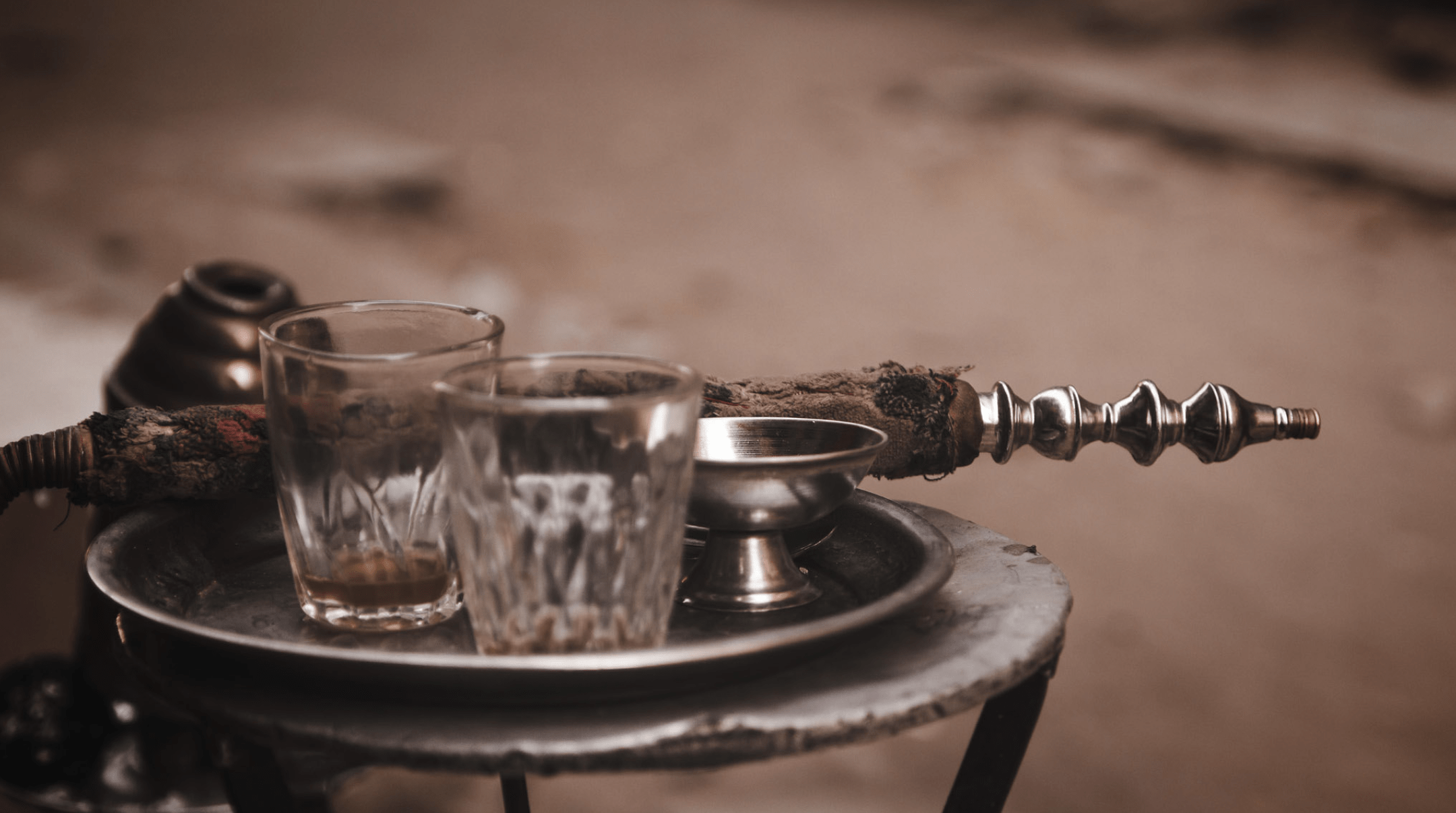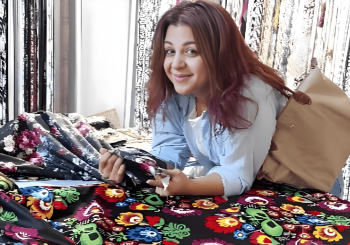Glassy red-brew and tea biscuits, there’s nothing quite like an Egyptian cup of shai. Ever since its introduction by the British in the 16th century, tea has become a staple of the Egyptian household; kitchens are lined with loose-leaf variants, Shai El Aroosa tea-bags, and traditional crystal glasses made just for its enjoyment.
A classless drink, one found across the country. While some enjoy it with a side of mastic shisha, others will dip butter biscuits into their brew and dine away. Unlike Chinese and British customs, that dedicate particular periods of the day to tea, Egyptians are likely to enjoy shai at any given moment – be that in the early morning, or well past a household’s bedtime.
Perhaps due to affordability, though mostly due to variety, Egypt has developed a local culture around drinking tea. After its transition from socialism to republicanism, the age of consumerism has only encouraged import trade in Egypt. According to Hackberry Tea, locals consume “65,000 to 75,000” tonnes of tea annually, despite importing the vast majority from other countries such as Kenya and Sri Lanka.
The act of drinking tea, however, has graduated from a pleasant evening ritual, to a core element of Egyptian hospitality. Egyptians will offer several cups to loved ones in one sitting, and serve it after any meal offered to a guest. It is a simple and modest show of love and courtesy that stretches across social taboos and preferences, a love letter to those who are not fond of coffee and whose principles skip on wine. In many homes, there is a small mint plant on the windowsill and a plastic tray dedicated to serving that sweet-smelling sugared black tea.

The choices in Egypt are endless, though there are some particularly popular teas worth sharing. Koshari Shai is a favorite of the north; light and fragrant, it’s complemented with sugar cane and fresh mint. This is one of Cairo’s defaults when it comes to tea orders, and is colloquially referred to as Shai El Arab.
Alternatively the south has its own darling: Sa’idi Shai. Bold, bitter, and black, this Camellia sinensis based tea is sometimes brewed with milk to soften the taste, along with the sweet-toothed Egyptian addition of sugar, honey, and a side of baklava. Maybe backgammon, too.
But tea culture in Egypt isn’t tea culture without mentioning the glories and convenience of teabags. Bagged tea is the most common way most locals enjoy their tea – it’s hard to ignore Lipton, Shai El Aroosa or Ahmad Tea as strong pillars of this benign drinking culture.
Whichever way it’s had, there’s no denying that tea is it’s own experience in Egypt – the silence and warmth, the deep, sentimental connections made with others over it. It doesn’t lend itself to quick runs and on-the-go cups of joe. Egyptians use each sip as a moment of reprieve from the hard-knock life many have to battle daily.







Comments (7)
[…] Source link […]
[…] المصدر by [author_name] كما تَجْدَرُ الأشارة بأن الموضوع الأصلي قد […]